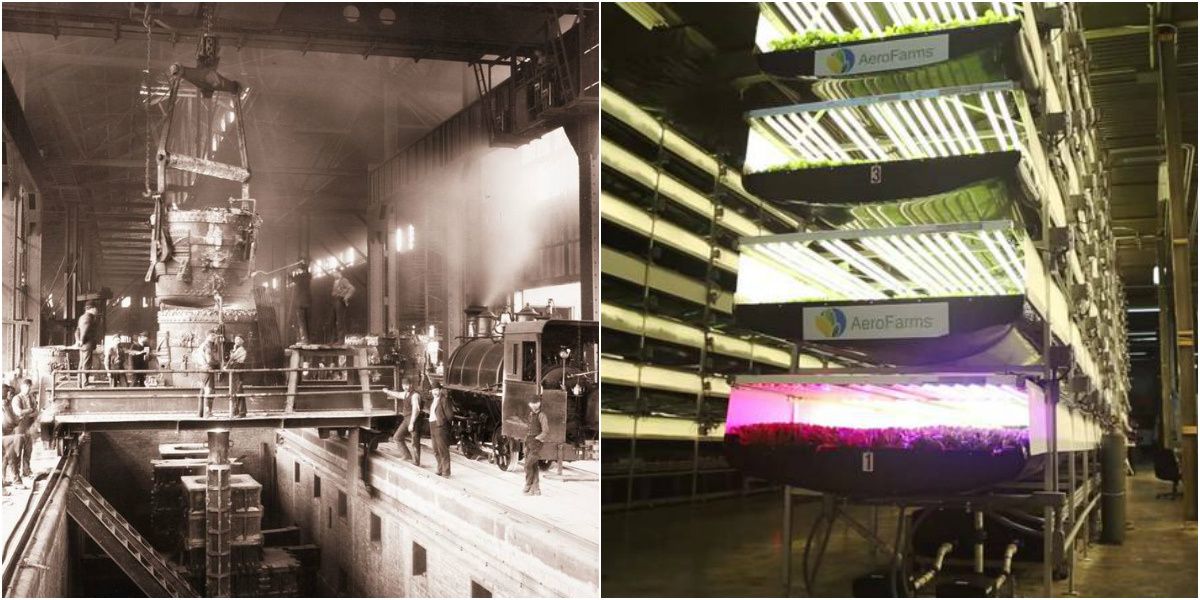
Old ideas embodied in various objects can serve as "raw materials" for creating new ideas. Take any object from the past and try to use it in an unusual place and an unusual combination. This is one of the methods of creative approach - to move the idea to a coordinate system where it looks alien. The history of technological innovation is full of such examples.
Modern computer keyboards have inherited typewriters (and got the same qwerty layout - see this article about
the Dvorak keyboard ). A steam engine of 75 years old was used in mines before Robert Fulton decided to use it for boats and built the first ship. Number theory 100 years was considered the most useless area of mathematics, in the 1970s and 80s it was not taught even in the mathematical specialties of universities, but then it turned out to be needed for encryption.
In all these cases, progress was achieved when the existing idea was applied to a new problem. This method works even if right now we do not know how the object will help us in the future.
Old industrial objects are one of the main symbols of the ideas of the past. The change of epochs dictates its own rules: those cities that used to be considered the most developed (from an industrial point of view) are now rapidly becoming outcasts of progress. Detroit - the main center of the US auto industry - almost became a ghost town in the 21st century.
But besides Detroit there are other vivid examples. Almost in every city there is an abandoned industrial zone. Former factories, factories, power stations, railway tracks, railway stations - the whole circulatory system of urban agglomerations of the past was not needed in the era of the blockchain, alternative energy and neural networks.
There are two ways to develop industrial areas:
- destroy the “zabroshka” and build something new (eliminate the idea);
- transform into space with a different meaning - take the old idea and try to solve the problem with it.
"Plants of the XXI century"
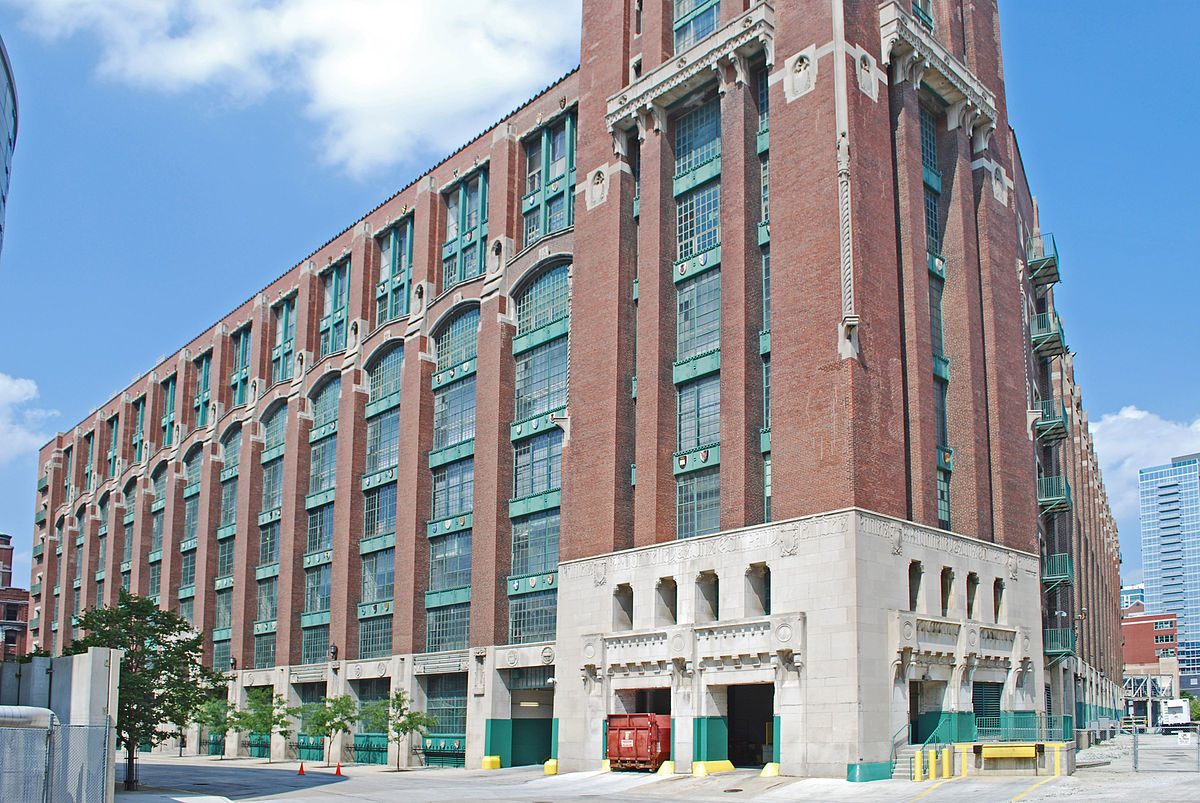 Former typography in Chicago. Now it is the Lakeside Technology Center, one of the largest data centers in the world.
Former typography in Chicago. Now it is the Lakeside Technology Center, one of the largest data centers in the world.The cloud sounds like something ephemeral, but in fact, data centers
are a real infrastructure. Servers use a tremendous amount of electricity and generate a lot of heat, which, in turn, requires a significant investment in infrastructure. For the data industry, it is important to be located where there is the necessary space, electricity, fiber-optic communication, proximity to customers and other data centers.
Infrastructure, built to meet the needs of another era, is now being redistributed in favor of data centers and other important facilities. Bakeries, factories and plants are transformed into data centers due to their characteristics: heavy load-bearing floors, high ceilings, a huge empty space at the site of the former machines.

Some objects can be transformed into cultural clusters. In the photo you see the building of a gas-holder (built in 1883) in Copenhagen. Today it has a theater with a rotating stage.
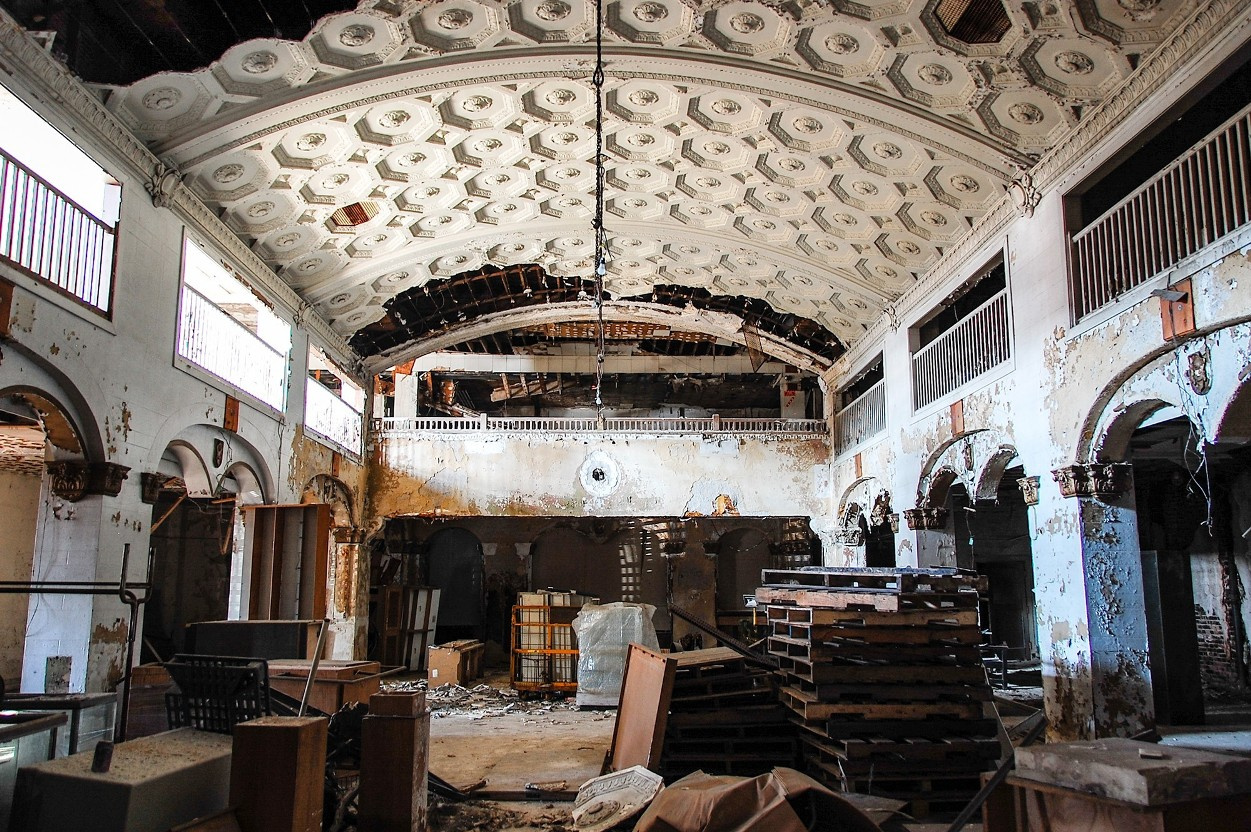
An abandoned bank building in Chicago was bought for one dollar, but it took about another $ 3.7 million for restoration. The bank was built in 1923 and abandoned in the 1980s, but today it has an open-access art space.
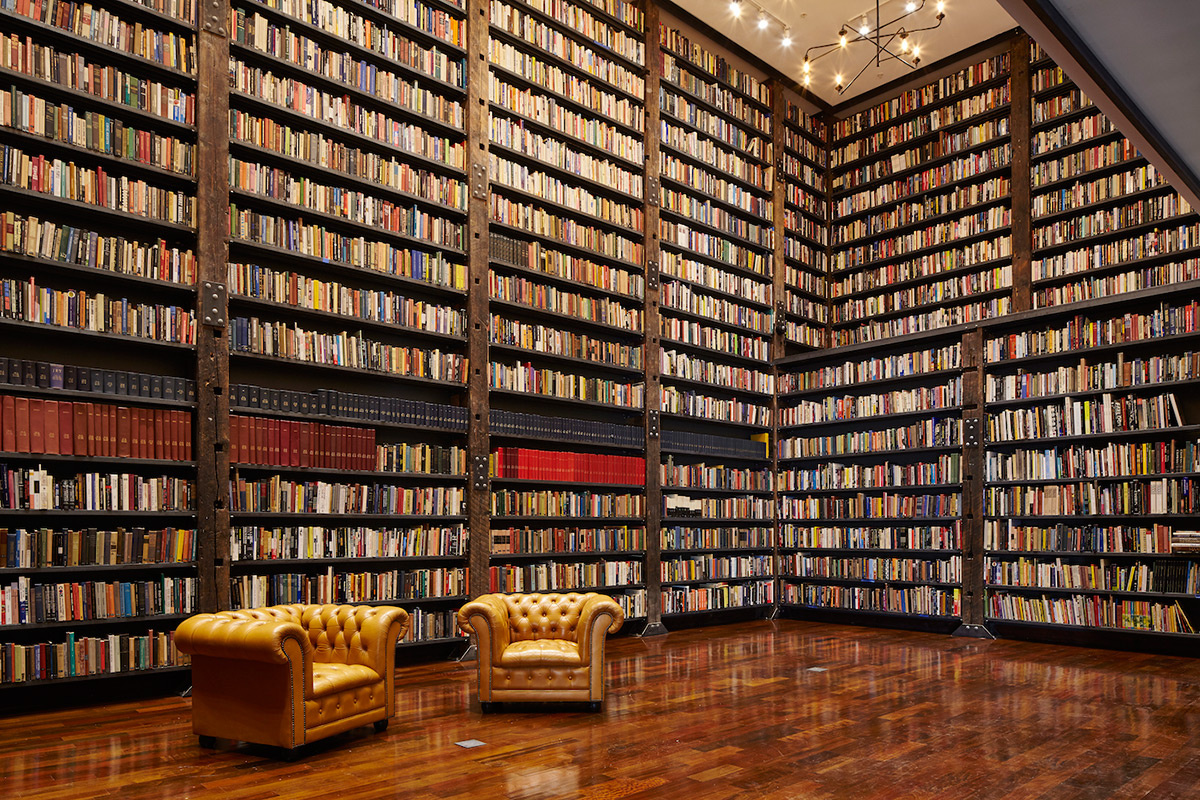
The bank was turned into a world-class art center, where various exhibitions are constantly held.
Nuclear strike rescue
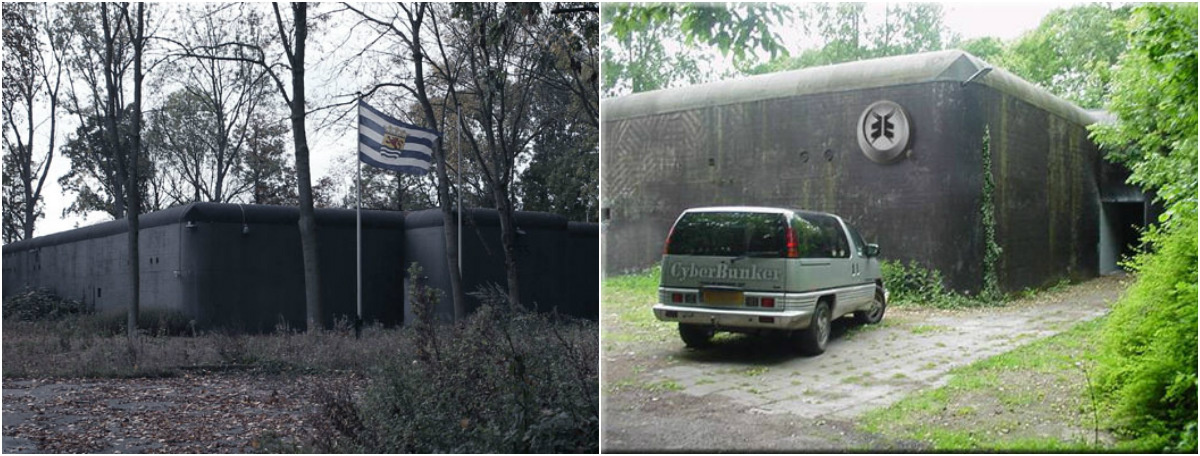
The Dutch data center
CyberBunker is located in a NATO nuclear bunker. Bunker built in the 1950s. The room was designed to stay 72 people in the event of a nuclear explosion and was used as a radio station for relaying signals. The object consists of tunnels and camera rooms located on four levels: one floor on the surface and three underground floors with walls of reinforced concrete five meters thick. In the 1990s, the military sold the bunker along with a hectare of surrounding forest.
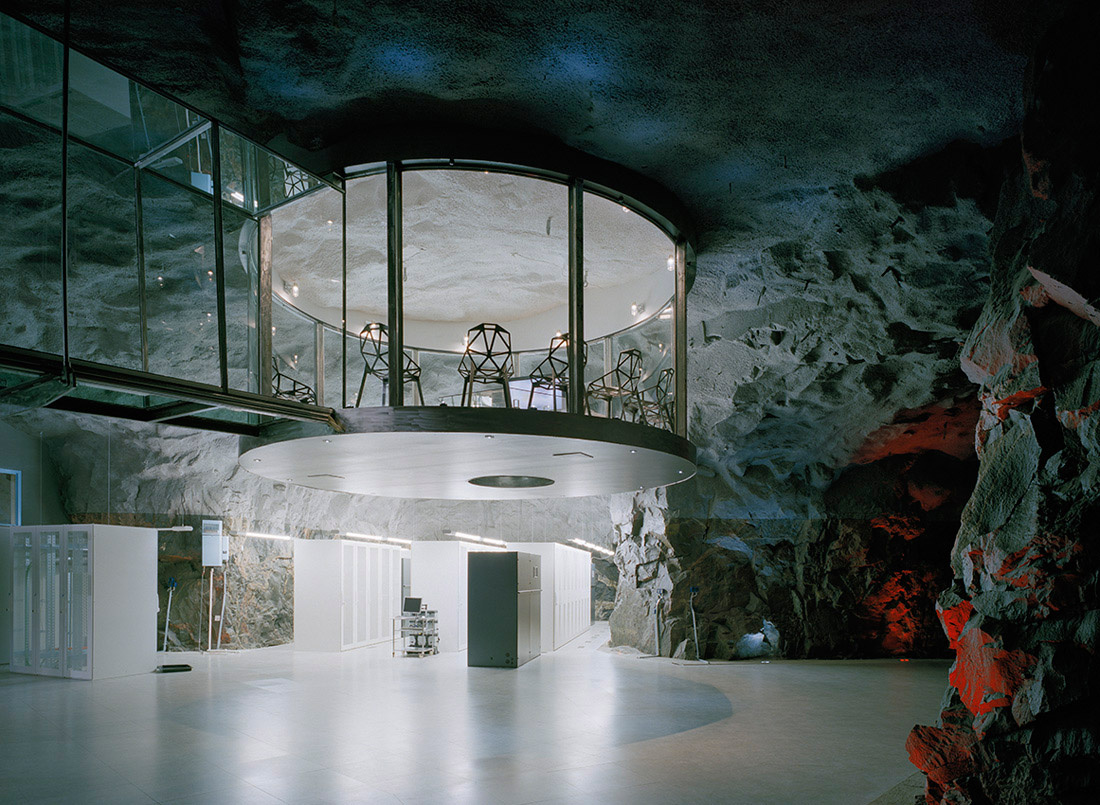
CyberBunker is not the only example of using militaristic facilities for peaceful IT purposes. In Sweden, there is a data center located in the
Pionen bunker that can withstand a direct hit by a hydrogen bomb. The bunker was built in 1945 in a mountainous area under a 30-meter granite rock. There is only one entrance - through the tunnel.

And since we are talking about the "military" atom, it is worth mentioning its "peaceful" version. The German nuclear power plant SNR-300 was founded back in 1972, but closed after the accident at Chernobyl. Then it was rebuilt into the amusement park Wunderland Kalkar.
Greening industry
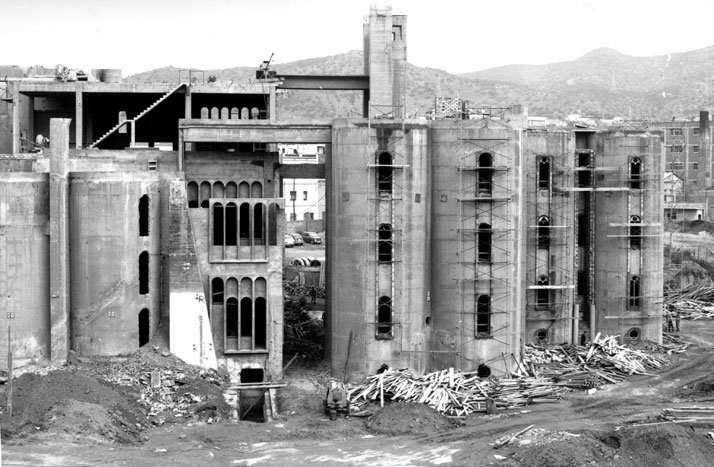
In 1973, the Spanish architect Ricardo Bofill acquired an abandoned cement plant, which worked during the First World War, not far from Barcelona. The architect launched the project La fábrica to transform the industrial zone into residential and work space. Work is still ongoing.
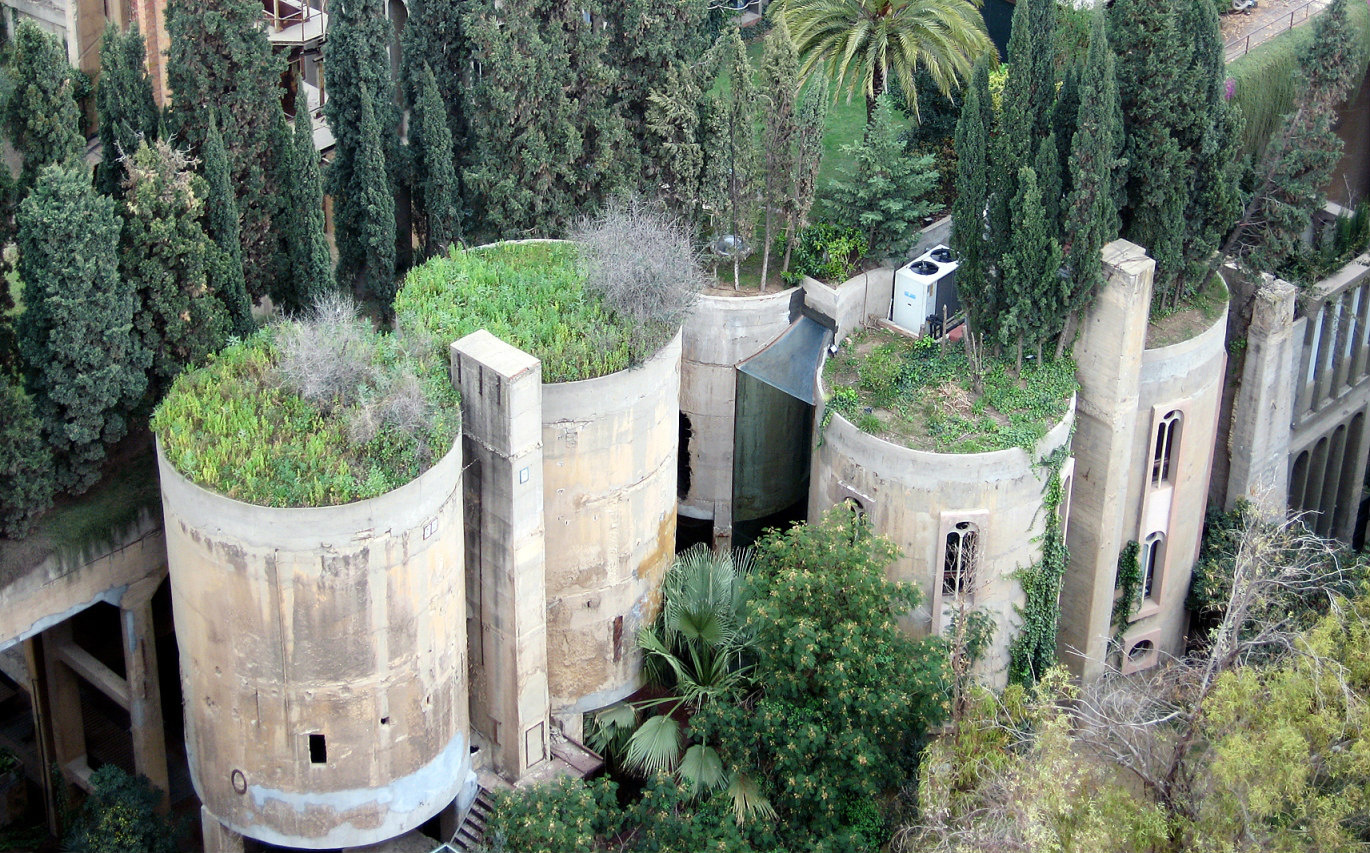
The containers, which once filled the air with smoke, are now home to lively vegetation - different types of ivy, eucalyptus, palm and olive trees.
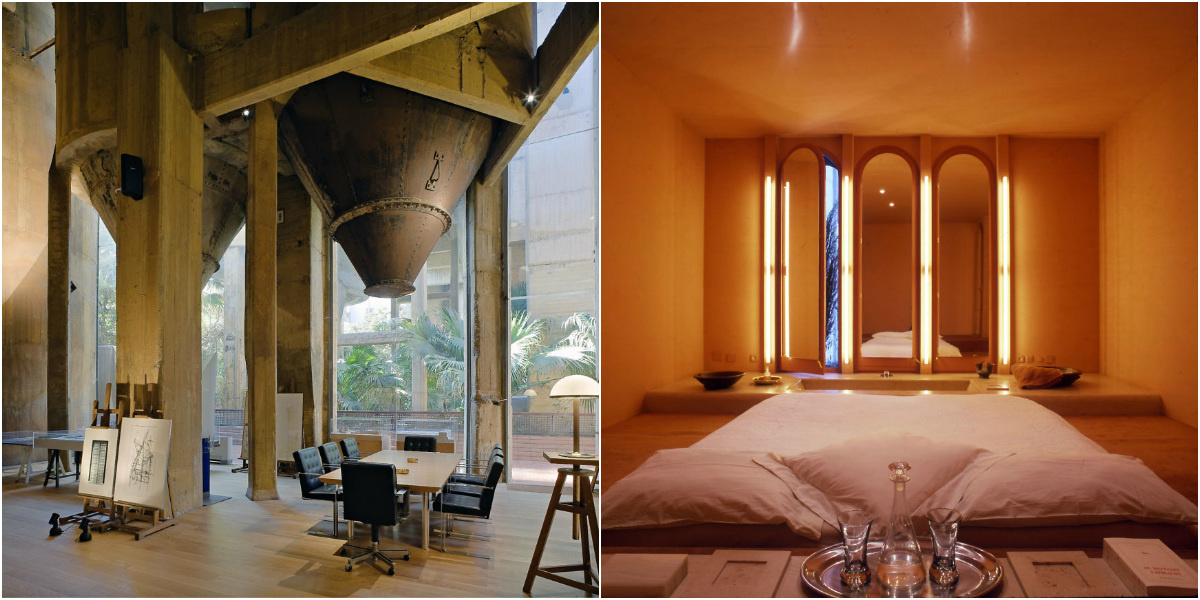
Each room is designed with a special purpose, and there are no two identical rooms in the whole building. Even relaxation areas are not like each other.
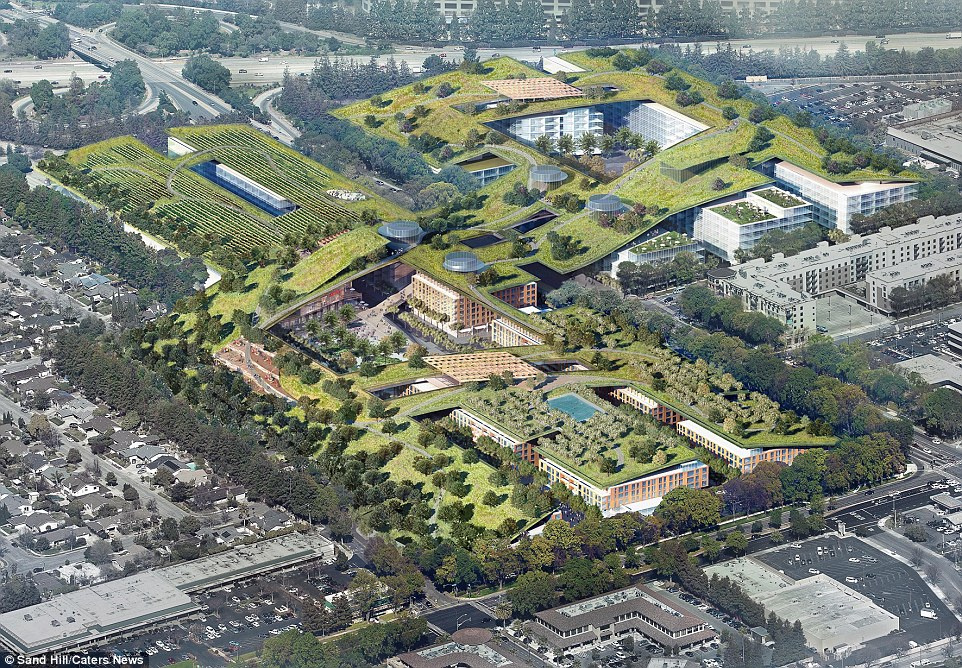
In Cupertino, an old shopping center was
offered not to be demolished, but to be turned into a park with pedestrian streets arranged right on the roofs of buildings. The largest green roof in the world should appear in the center of Silicon Valley.
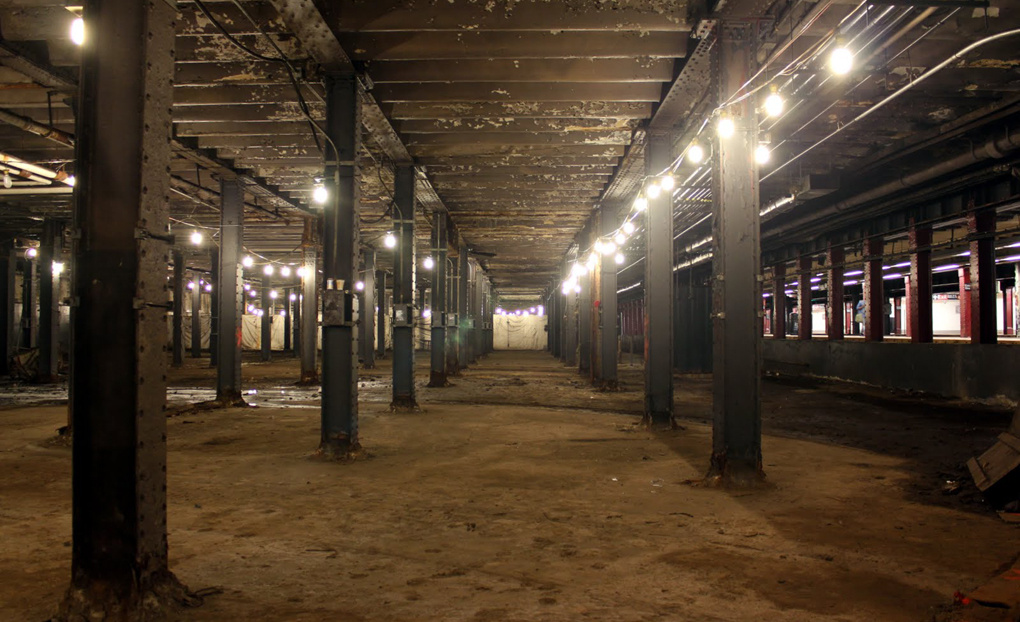
Under New York, at the site of an abandoned tram depot, a unique
Lowline public park is being built, and next to it is the Lowline Lab test platform, equipped in the old warehouse.

Lowline Lab grows about 1,800 plants (more than 40 species). In the main Lowline complex, the light will penetrate the site thanks to a fiber-optic system and solar technology. Special mirrors-catchers, located on the roofs of nearby buildings, will collect the sun's rays, automatically turning after the sun. By fiber optic cables, solar energy will go to the vault of the vault.
Automated farms
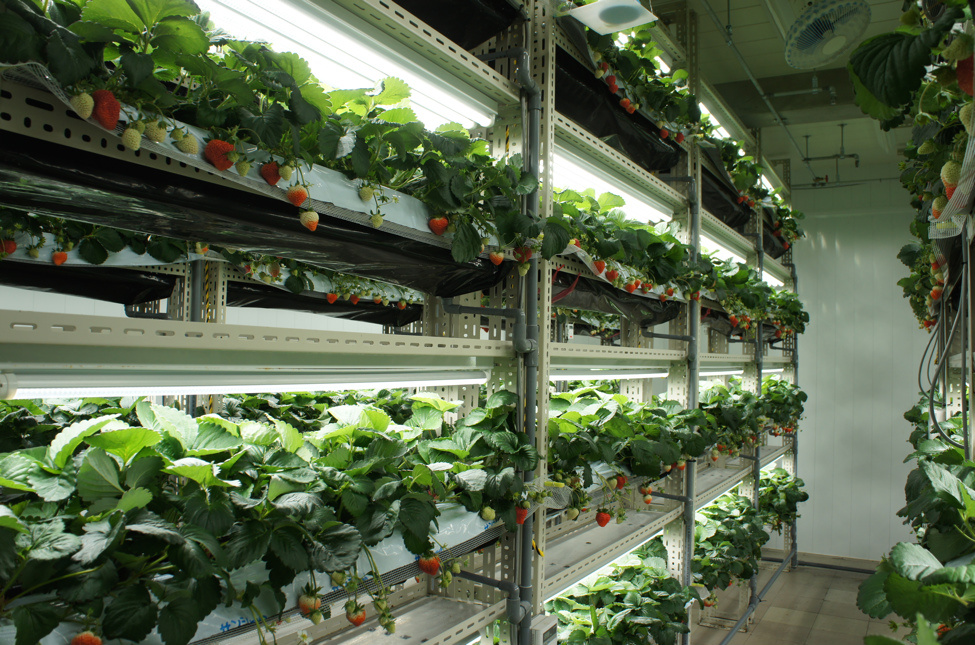 Ichigo
Ichigo in Japan is one of the few vertical strawberry farms in the world. She works in an abandoned elementary school in the city, which is faced with the serious problem of an aging population and a lack of industry.
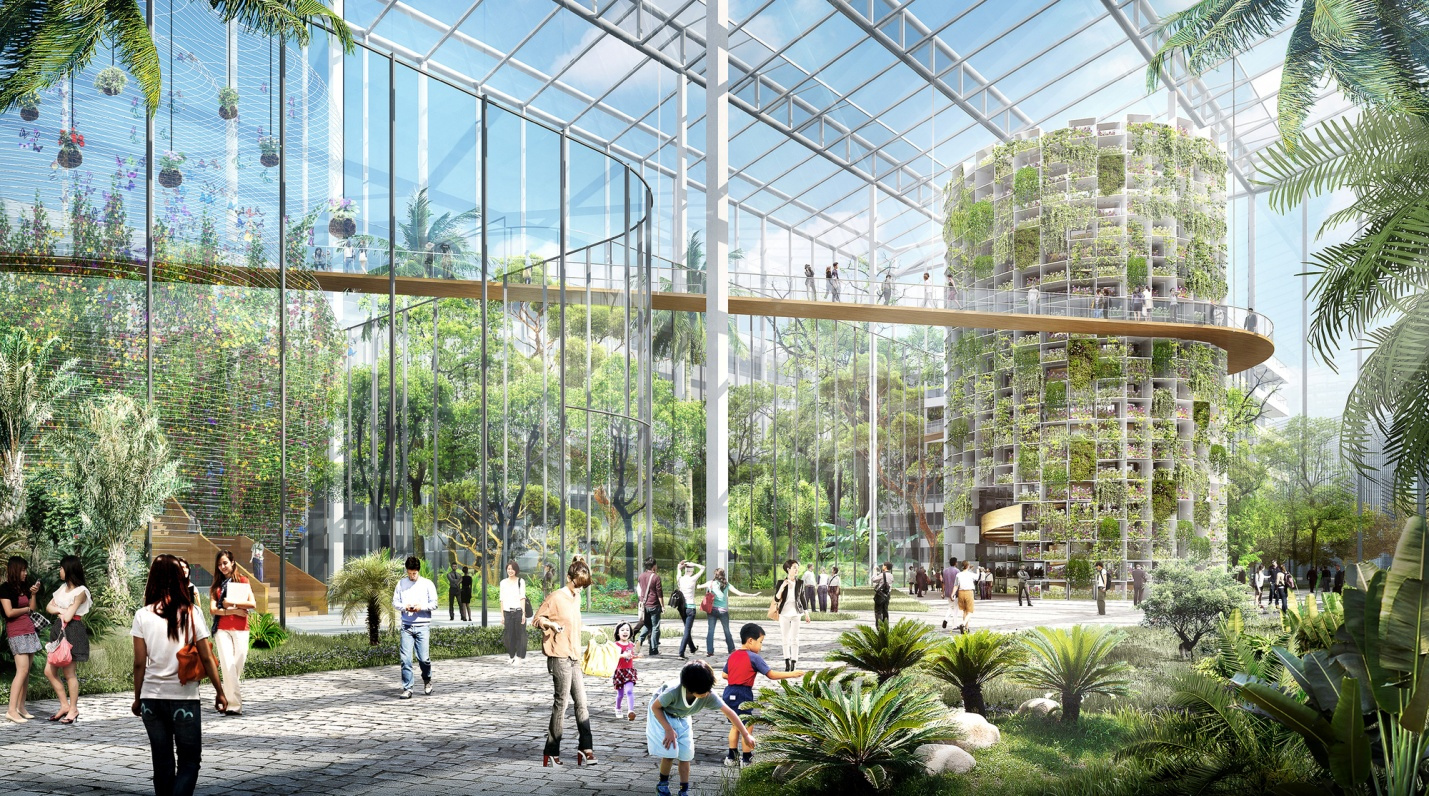
The architectural firm
Sasaki developed the
concept of an agricultural complex (100 hectares) to provide the whole center of Shanghai with greenery. Construction should start in 2017. Megacities are an ideal place for vertical farming, given the very high prices of land.
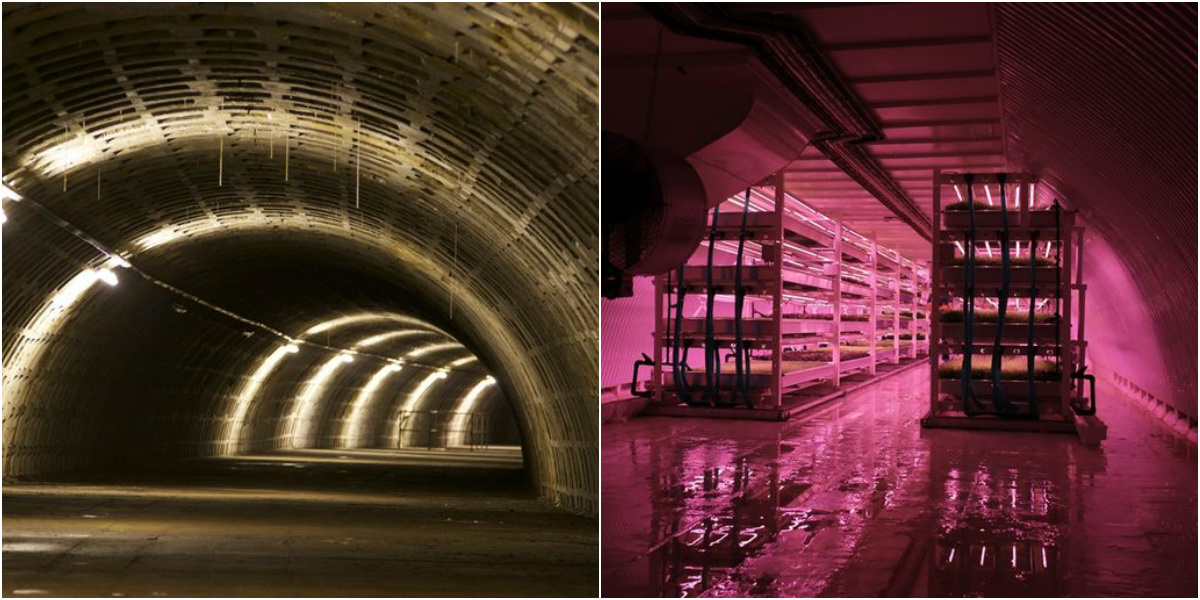 Underground farm in London, built on the concept of "from the garden to the plate for 2 hours"
Underground farm in London, built on the concept of "from the garden to the plate for 2 hours"Vertical agriculture also effectively uses urban space, occupying previously forgotten warehouses, roofs, industrial zones.
Green Spirit Farms in New Buffalo, Michigan (USA), works in a former plastics factory. In London, the farm located at a depth of 33 meters in the old bomb shelters built during the Second World War. Here,
Zero Carbon Food grows lettuce and other greens, using energy-efficient LEDs instead of natural sun (the same cost on the International Space Station).
 AeroFarms built a vertical farm with an area of about 6,500 square meters. m in the building of a former steel mill in New Jersey
AeroFarms built a vertical farm with an area of about 6,500 square meters. m in the building of a former steel mill in New JerseyUsing modern technologies in the field of hydroponics and aquaponics, it is possible to grow fruits and vegetables all year round at sites that are often located in the same area as restaurants and retail stores. Tiered vertical farms occupy little space in urban space — they
use 10 times less water and 100 times less space than a traditional rural farm.

Startup
Plenty shows that you can grow 350 times more production than fields or greenhouses, using only 1% of water. The company grows basil, chive, mizunu, lettuce, sorrel and other leafy vegetables.
New world on the foundation of the old
Objects of the industrial past all over the world become platforms for urban development (in Moscow, for example, at the site of the industrial zone of the Likhachev plant, the Russia Hotel and AZLK Moskvich built residential complexes, park and technopolis, respectively). Older businesses are changing under the impact of new eco-demand, innovation and culture.
The concept of “easier to demolish than repair” is a thing of the past. Similarly, the model for recycling garbage is gradually changing the approach to the construction of incinerators. Old objects of the past can still be used for their intended purpose - vinyl, for example, is experiencing a new round of popularity.
Remember the tape?
According to various estimates , a few years ago, 1 GB of bulk tape media cost the buyer only 4 cents, as opposed to 10 cents for similar HDD carriers. Even in the data processing center of the Large Hadron Collider, magnetic tape was used instead of conventional SSD disks. Its uniqueness lies in the fact that in the event of a carrier failure, the tape has a much greater potential for recovery than its competitors.
Industrial culture has given the world a lot of good (as well as bad, if we recall the ecology). In the post-industrial world, almost every object of the past becomes a data transfer node. And this concept brings much more benefit to the world than unsystematic destruction.